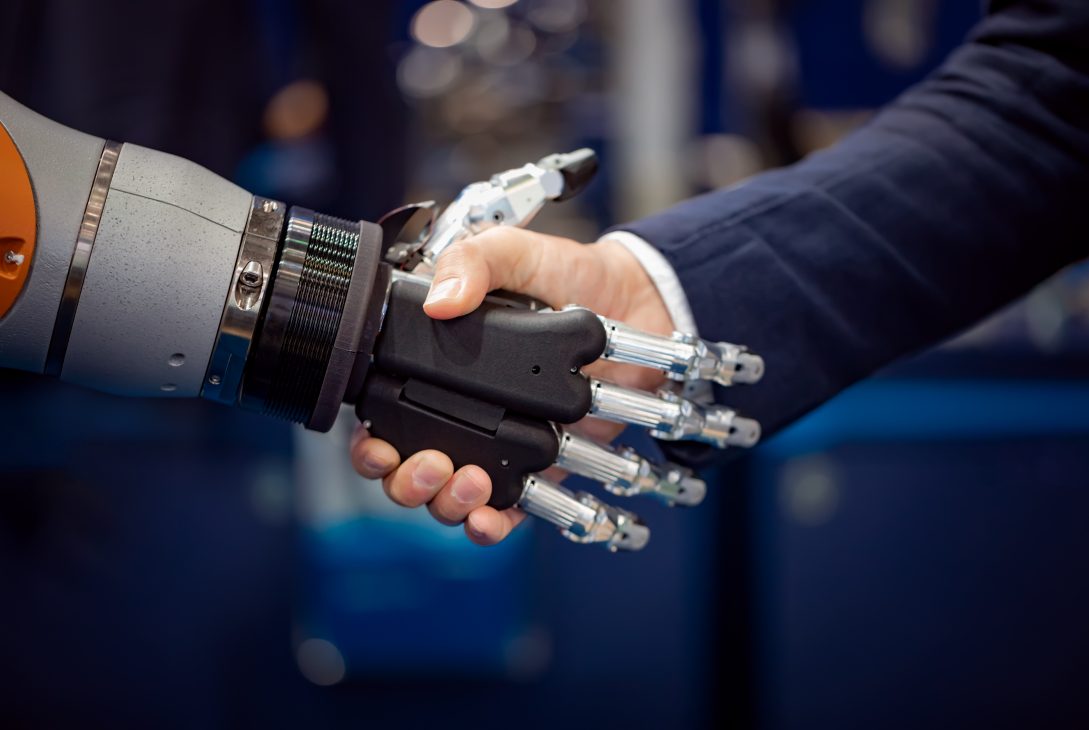The robotics and drones industry is one of the hottest areas of the tech world. With the rise of artificial intelligence, robotics have become more advanced and smarter. These machines can replace repetitive tasks and help make the workplace safer. They can also deliver medical supplies and medications, stream real-time data from construction sites, and survey disaster areas. In addition, they can save lives.
One of the most controversial applications for drones is the government’s use of them as unmanned death machines. Other drone uses include surveying, hunting, filmmaking, and agriculture. But what exactly is a drone? And how can they be used?
A drone is an unmanned aerial vehicle that can fly in the opposite direction of its motor. Some drones have GPS-guided modes, which allow them to maneuver through the air. Drones are also capable of self-positioning, which means they can fly without a human operator. For example, a drone equipped with LiDAR can generate accurate 3D information.
Another advantage of drones is their lower power consumption, which allows them to operate for longer. This translates into longer periods of time in the air, allowing them to better inspect a complex structure, like a nuclear plant. Even with limited range, a drone can provide aerial insights that can lead to more productive decisions and less expensive solutions.
Another benefit is that drones can be placed in a variety of environments, including hazardous ones. For example, they can be used in the oil and gas industries. Their ability to reach inside buildings, and their enhanced safety features, mean they can also be used to investigate potential workplace accidents.
One of the most useful applications for drones is assessing the health of crops. Drones can scan the environment and determine which parts of the crop need pesticide or fertilizer. In some cases, they can be used to assess the damage to crops after an accident, or in the event of poisonous gases.
The next step is to analyze the captured data. Luckily, with the advent of machine learning, this process can be done on the cloud. By analyzing large amounts of data, companies can better understand what their plants need, and get the results they need more quickly.
Using more AI-processing on drones can also help them to detect infrastructure faults more easily. For example, an inspection drone with more AI processing could identify problems with a power line, even if the lines are not currently in use. Without having to learn complicated programming, companies can get better insight into a complex infrastructure.
As with all automation processes, the more sophisticated the technology, the more data it will be able to handle. In fact, a new platform, called SAKURA, has 16x inference/sec/W. It is designed to balance flexibility and efficiency.
A major growth area of the robotics and drones industry is the construction sector. Companies such as Horizon Robotics have been bringing in hundreds of millions of dollars in funding.
